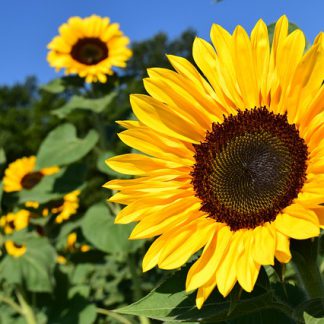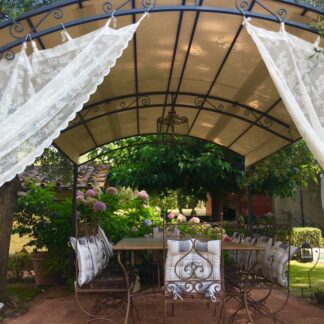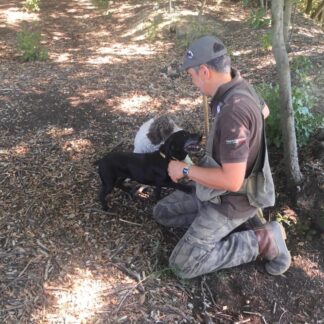
MOVIE TOURS in TUSCANY
Discover the best Tuscan movie tours. Explore Pienza, Montepucliano and Val d-
Orcia with locations for The English Patient to Twilight saga. Book today!
Our Top Tuscan Cities for Movie Tours
ITINERARY 1: Pienza, Montepulciano, Val d’Orcia
ITINERARY 2: Cortona and Arezzo
ITINERARY 3: San Gimignano, Monteriggioni, Siena
ITINERARY 4: Forte dei Marmi and Carrara
ITINERARY 5: Montecatini and Florence
Here are the trips to take with us to discover the Tuscan film locations through the most famous films shot in Tuscany.
Best Movie Tours in Tuscany
Discover top Tuscan film locations with expert guided tours. We take you to the heart of the TV shows and movies in three delightful Tuscan towns.
Explore the sites where Twilight, Gladiator, The English Patient and other top films were shot. Alongside the film set locations, we bring the history of these beautiful villages to life, with visits to key sites and an expert insight into the powerful players and daily life.
ITINERARY 1: Pienza, Montepulciano, Val d’Orcia
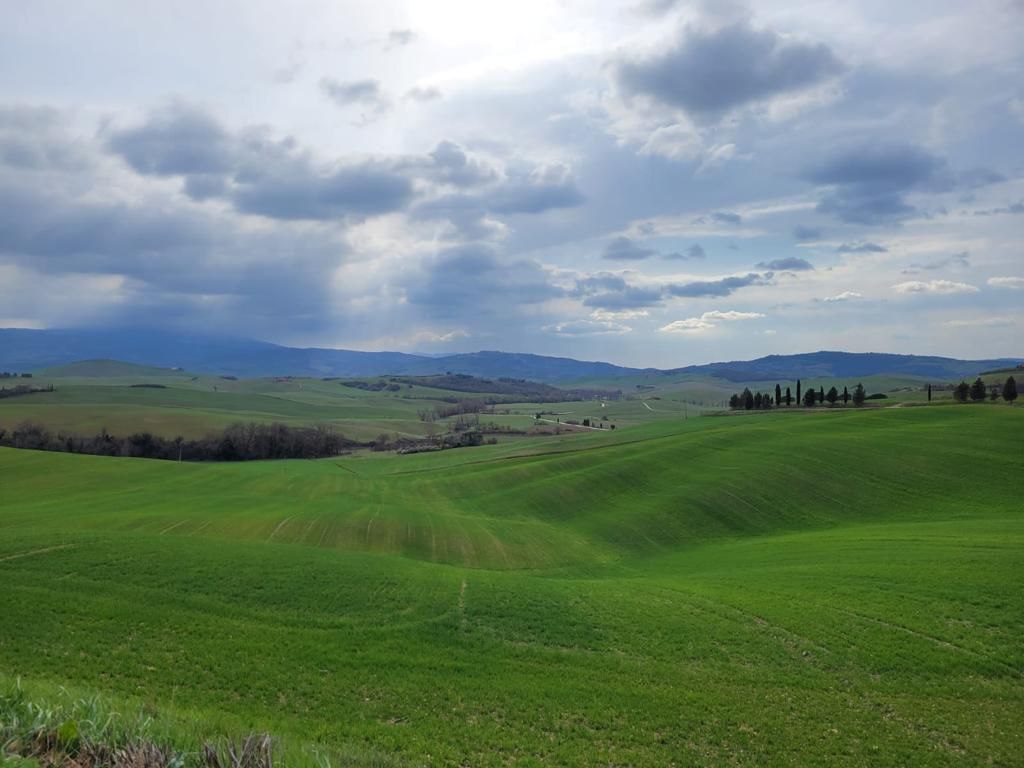
Pienza Movie Tour
Directed by Anthony Minghella, with a stellar cast, starring Ralph Fiennes, with Juliette Binoche and Willem Dafoe, “The English Patient” was filmed for the most part in the beautiful Val d’Orcia, between soft hills and breathtaking views.
Much of the film develops in Pienza between Piazza Pio II, an expression of the urban ideals of the Renaissance, and the streets of Cusona, a fortified complex of the fifteenth century. While the abandoned convent in which Hana and The English Patient find hospitality is the former monastery of Sant’Anna in Camprena, which today is a farmhouse.
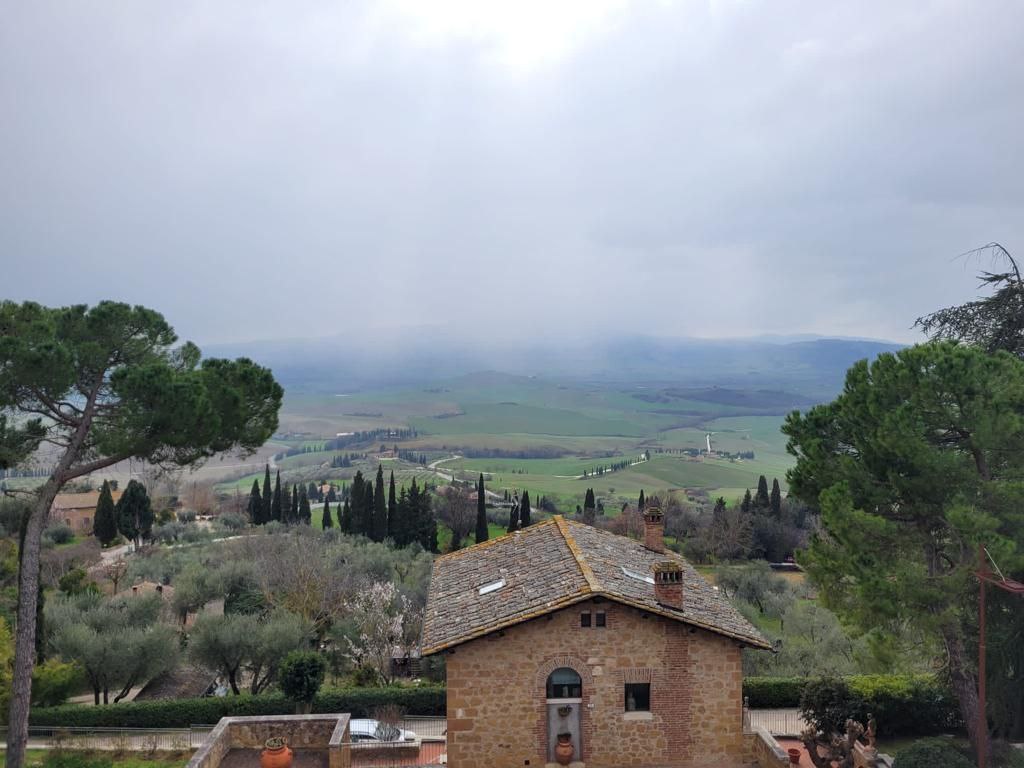
This is not the only film shot within the walls of Pienza. We cannot fail to mention the masterpiece of Zeffirelli, based on Shakespeare’s famous novel “Romeo and Juliet“. Released in 1968, it starred Leonard Whiting and Olivia Hussey as the star-crossed lovers. One scene takes place in the Palazzo Piccolomini, which represents the home of the Capulets and where the two youngsters meet at a ball.
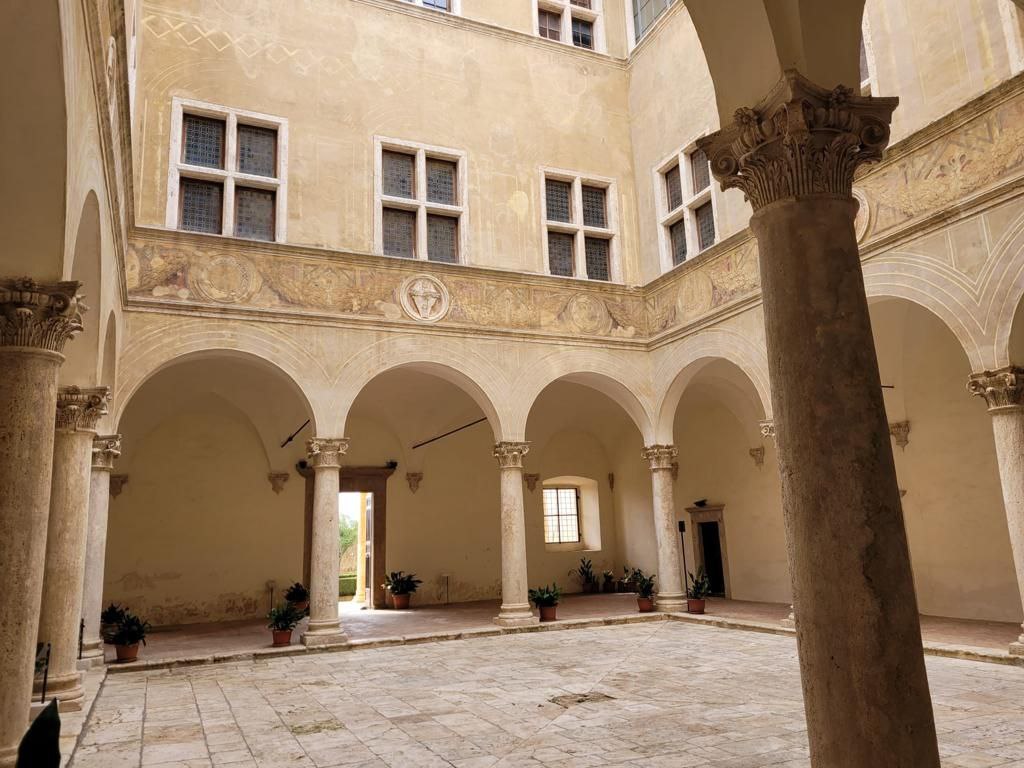 History of Pienza
History of Pienza
Pienza perches on a hill from which you can admire a breathtaking view of the whole Val d’Orcia. Founded by the great humanist Enea Silvio Piccolomini, the future Pope Pius II who was born in Corsignano, a small village just outside Pienza, it is instilled with the typical humanistic ideals of the Renaissance.
Having access to both finance and the right influences, Piccolomini made use of the best architects of the period including a certain Bernardo, known as the Rossellino, under the guidance of the great architect Leon Battista Alberti. In just 3 years he managed to make a complex of harmonious buildings including the Cathedral, the papal residence of Palazzo Piccolomini, the town hall and the enchanting Piazza Pio II, where there is a beautiful well, called the “well of the dogs“.
The cathedral hosts paintings made by the most famous artists of the Renaissance period. In the 12th century Pieve di Corsignano, we find inside the baptismal font where Pope Pius II and his nephew Pope Pius III were baptised. On the capital of one of the columns we find a ruler snake, one of the few that remain. It was a Roman deity, known even before the church was built.
Pienza Cheese
Pienza is also famous for its famous pecorino, the tasty cheese made with sheeps’ milk. Among the streets of Pienza you have the opportunity to taste various typical products of the place like the Pici cacio e pepe, the bruschetta della sciorna and the pecorino fondue.
Finally, if you happen to be in Pienza in September, don’t miss the famous and fun Fiera del Cacio, a big party dedicated to pecorino cheese and other local traditional products which can be tasted for free.
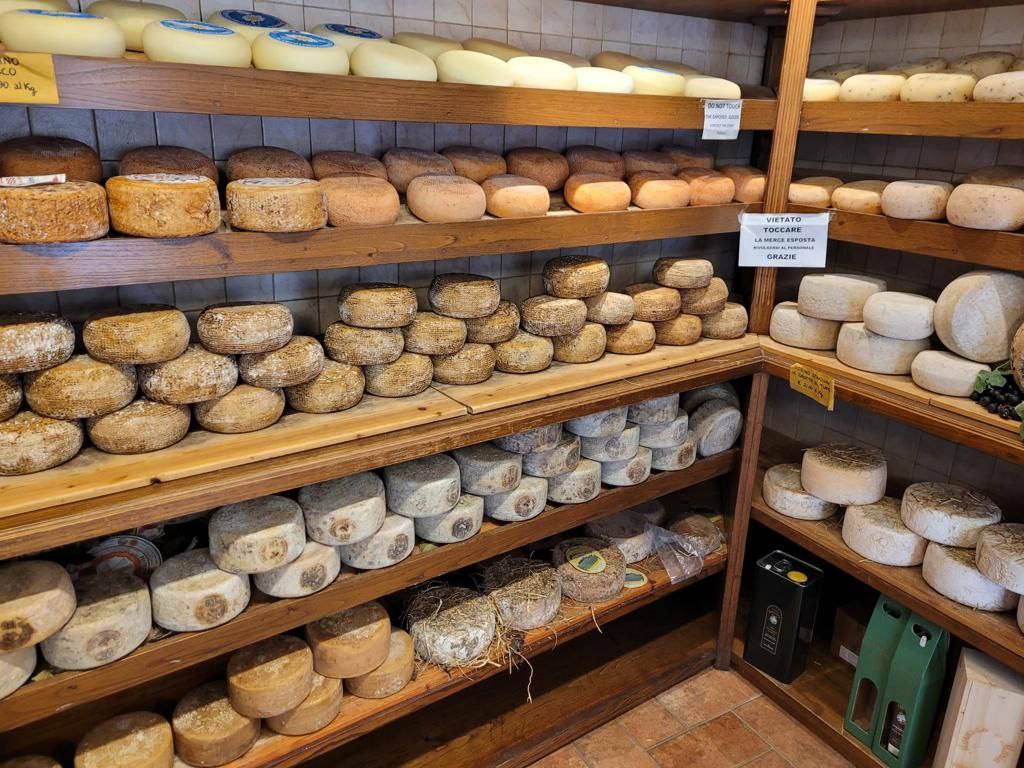
An amusing folk game of ancient origins also takes place during the event. It’s the Palio of melted cheese, where players from every district of the town have to push and roll entire wheels of pecorino around to a small wooden spindle placed in the center of the main square.
Montepulciano Movie Tour
The village of Montepulciano sits on a hill south of Siena, from where you can enjoy a spectacular view across the Val d’Orcia and Val di Chiana. Known for its delightful red wine Vino Nobile di Montepulciano, the village is characteristic of the region with its narrow streets and alleys overlooked by sumptuous palaces and beautiful squares.
In recent years it has been made famous by the Twilight saga: New Moon (second episode). The movie is taken from Stephenie Meyer’s 2006 novel, and directed by director Chris Weitz starring Kristen Stewart and Robert Pattinson. Originally the book was set in Volterra, in fact some characters are called Volturi, but Montepulciano was preferred for filming. The story centered between the love of a vampire Edwart Cullen and a human, Bella Swan, against the background of the interior of the Town Hall, of the cellar of Redi and some buildings in the historic center.
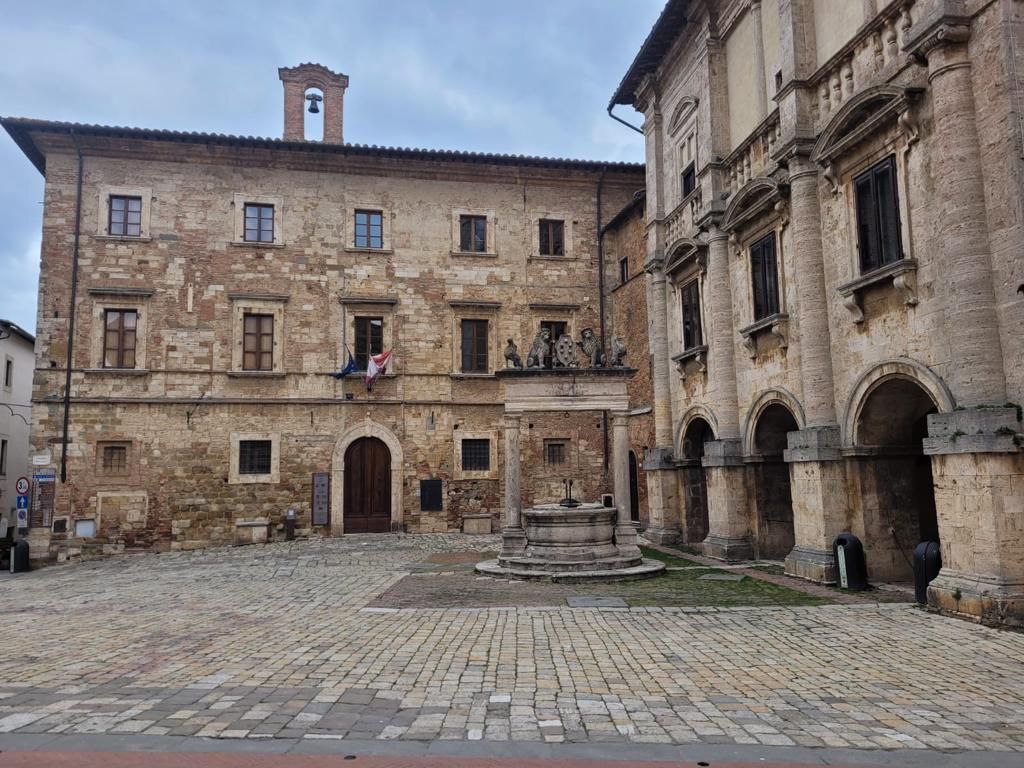
The main scene of the saga, when Bella saves Edward’s life, was filmed in Piazza Grande and at the entrance to the Palazzo del Comune. Here the fountain was perfectly built, described in the book, 7 meters long and made of wood and papier-mâché.
History of Montepulciano
After visiting the splendid locations of the film mentioned above, we stop at the architectural beauties and immerse ourselves in the history of this enchanted village. Founded during the time of the Etruscans, under the Romans it became an outpost in defense of the consular roads.
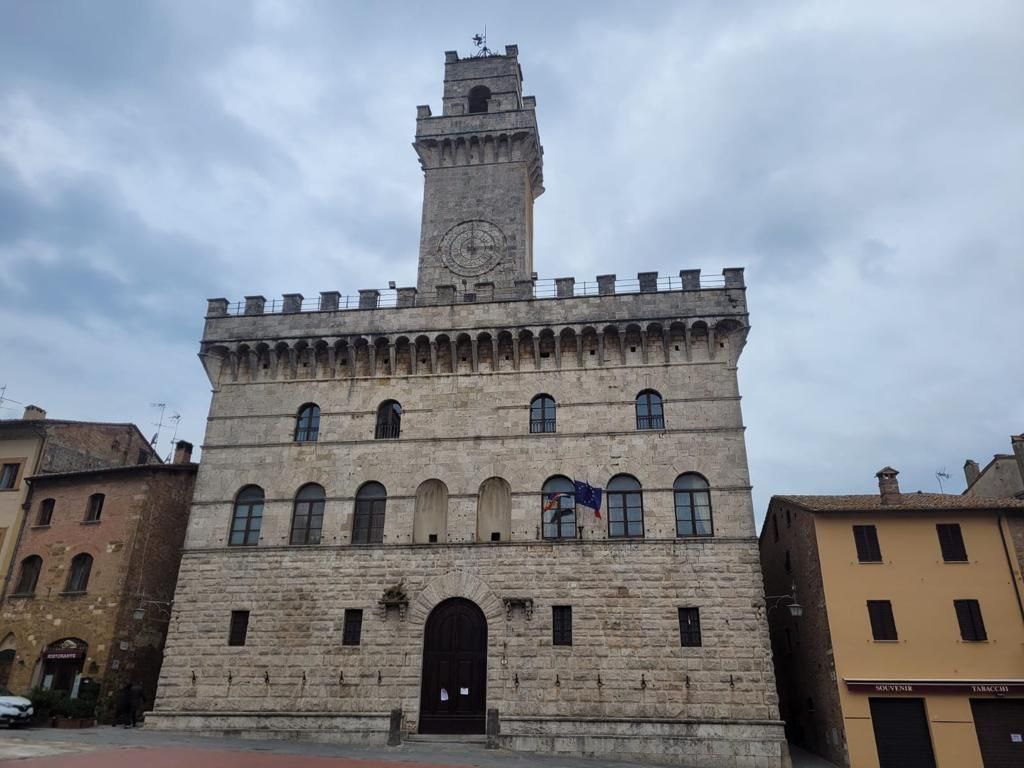
From the beginning of the fifteenth century in the mid-sixteenth century, Montepulciano had a splendid period under the rule of The Medici. Among the masterpieces of this period are the church of Sant’Agostino, designed by Michelozzo, an important artist who worked for the Medici family. Inside we can admire a crucifix attributed to Donatello.
Other important places of interest are the house of Poliziano, humanist, poet and great teacher of the sons of the Medici, and the tower house with Pulcinella on top that marks the hours of the clock, brought here by a bishop of Naples.
However, the heart of Montepulciano remains Piazza Grande with its beautiful fountain, adorned by a griffin and the lion. Around it are the Palazzo del Comune, the Duomo, the Palazzo Tarugi and the Palazzo dei Contucci, the latter houses cellars where you can enjoy wine tastings.
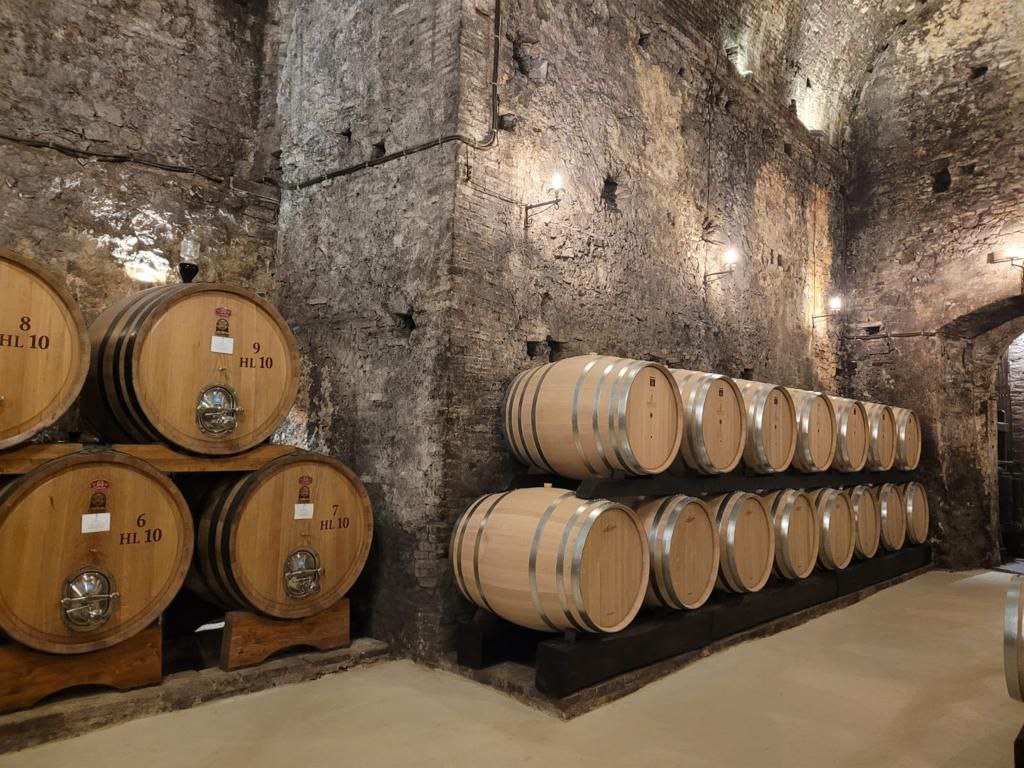
In August, the square offers many events including the Bravia delle Botti. Along the road that leads to the Fortress and the Church of Santa Maria dei Servi, you can admire another historic building, just a few minutes from Montepulciano. We are talking about the sumptuous Church of San Biagio, the work of Antonio da Sangallo “il vecchio”(the elder), completed in 1567.

Val d’Orcia Movie Tour
The extraordinary landscape of the Val d’Orcia is the backdrop for two of the most emblematic scenes of the colossal Oscar winner, “Gladiator”. The film was released in 2000 directed by Ridley Scott, with Russel Crowe in the role of General Massimo Decimo Meridio and Joaquin Phoenix who plays the emperor Commodus.
The reasons why the film has been a great success are many, from the story, to the soundtrack and obviously to the beauty of the landscapes. The first of these scenes is the Gladiator’s house, the initial scene in which Maximo finds his wife and child murdered. The second is the final scene of the Elysian Fields, where we see the protagonist caressing the wheat fields.
The house is located at the Porte di San Quirico d’Orcia on the road leading to Pienza. On the left we find the entrance to the company Agricola Manzuoli which opens with a long avenue flanked by cypresses. For the Elysian Fields scene we head to the ancient Pieve di Corsignano in Pienza. At the Church of Saints Vito and Modesto we take the little white road that leads directly to the fields.
Incredible scenery and gastronomy of Val d’Orcia
Val d’Orcia is where the harmony of man and nature blends to create an incredible landscape. Smooth hills covered by a dense vegetation of vineyards, chestnut and beech trees create the beauty portrayed by many artists of the Sienese School. Of the many we could mention is Ambrogio Lorenzetti with his famous “Allegory and Effects of Good and Bad Government“, kept in the Palazzo Pubblico of Siena.
We cannot forget the flavours this territory offers to the visitor. Among them are the famous meat of Cinta Sienese, honey from the Val d’Orcia, the extra virgin olive oil from Castiglione d’Orcia and finally the king of Tuscan wines, the famous Brunello di Montalcino.
